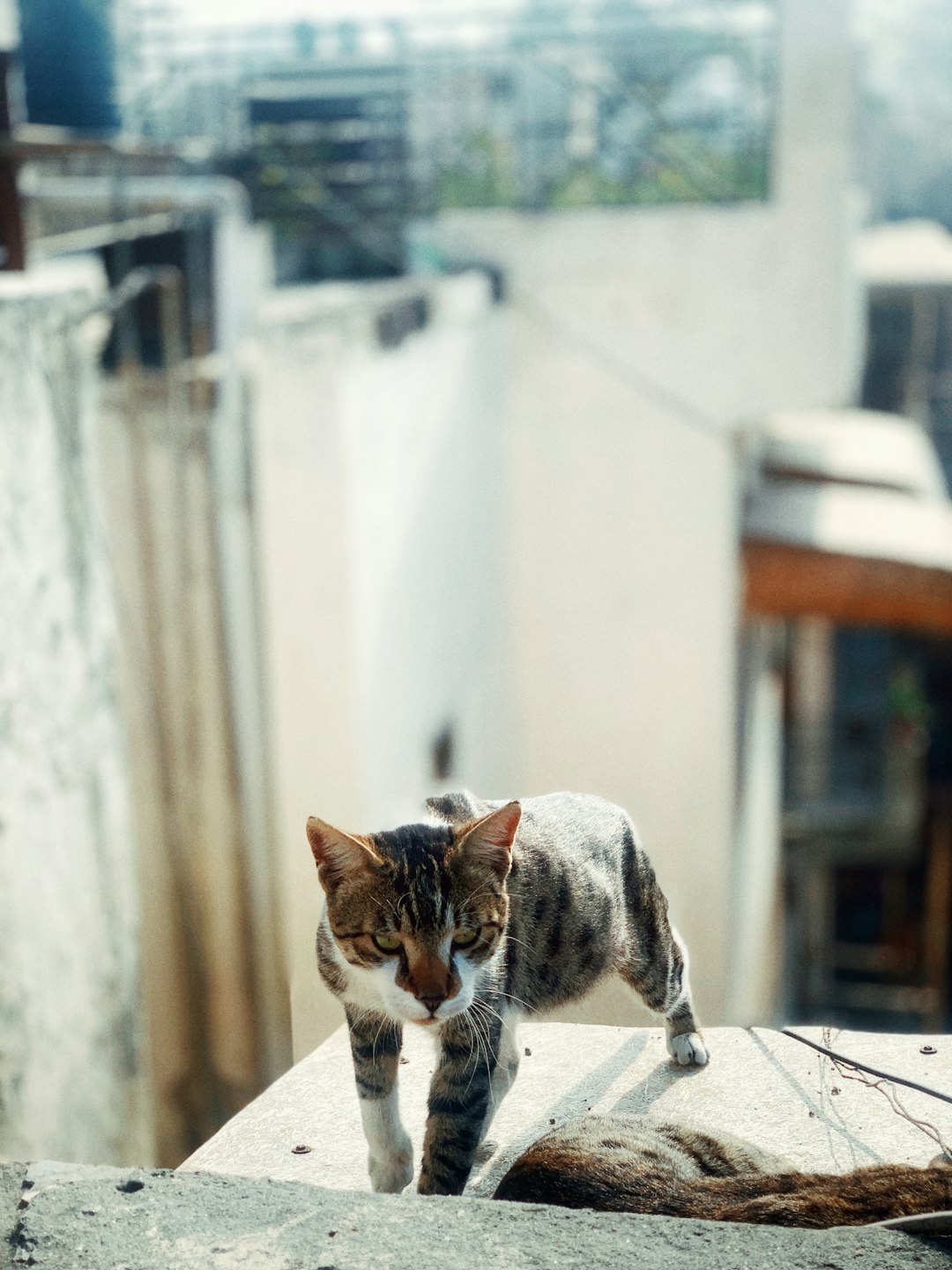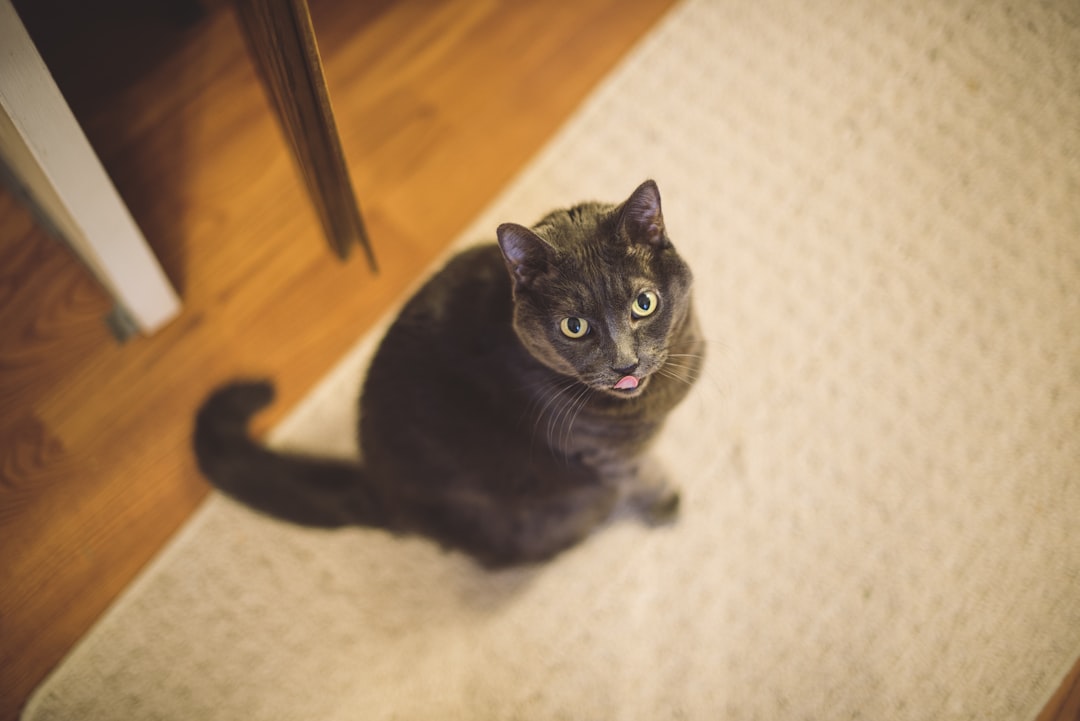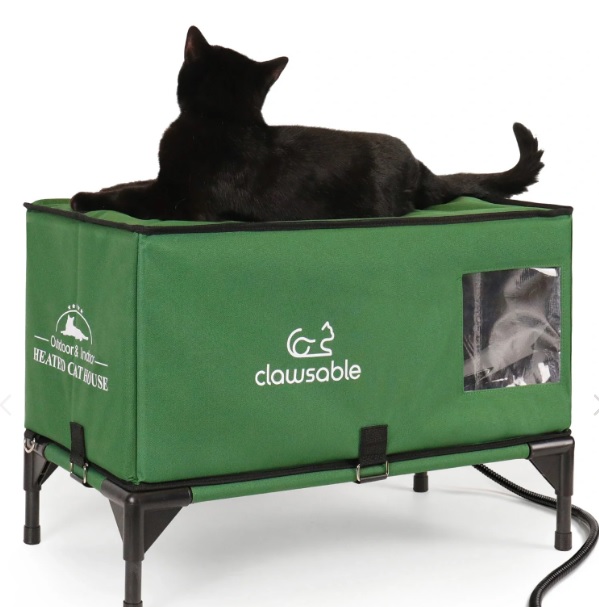When it comes to managing your feline friend’s bathroom habits, understanding cat litter pellets is essential. These innovative litter options come in various types, each offering unique benefits that can simplify your life as a pet owner. By exploring the different materials and their pros and cons, you’ll find the perfect fit for both your cat’s needs and your lifestyle. Additionally, comparing cat litter pellets to traditional litter can reveal surprising advantages that may enhance your overall experience. Dive into the world of cat litter pellets to discover how they can make a difference in your home.
Types of Cat Litter Pellets
When selecting cat litter pellets, various types cater to different needs and preferences. Here’s a breakdown of the most common types:
Wood Pellets:
- Made from compressed sawdust
- Naturally absorbent and biodegradable
- Offer a pleasant, natural scent
Paper Pellets:
- Crafted from recycled paper
- Dust-free and lightweight
- Ideal for cats with allergies or respiratory issues
Corn Pellets:
- Formulated from corn byproducts
- Clumping properties for easy cleanup
- Natural odor control
Walnut Pellets:
- Made from crushed walnut shells
- Excellent at controlling odor
- More environmentally friendly than synthetic options
Comparison of Pellets
| Type | Biodegradable | Clumping | Odor Control |
|---|---|---|---|
| Wood Pellets | Yes | No | Moderate |
| Paper Pellets | Yes | No | Low |
| Corn Pellets | Yes | Yes | High |
| Walnut Pellets | Yes | No | High |
Overall, choosing the right type of cat litter pellets depends on your cat’s habits and your preferences for maintenance and environmental impact.
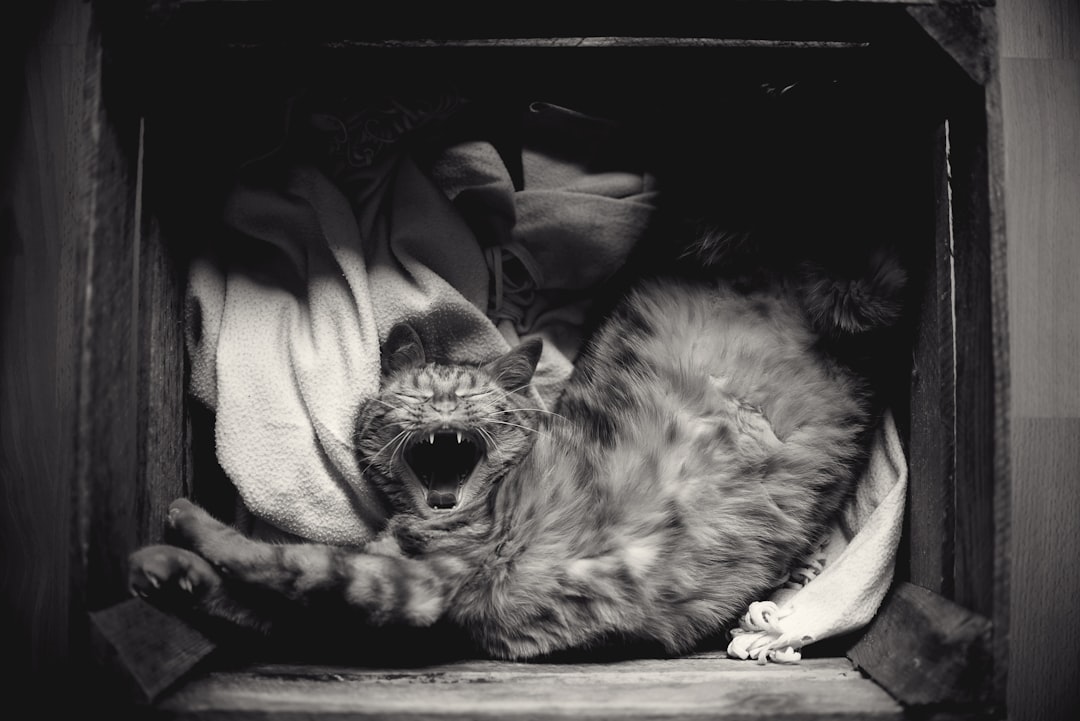
Benefits of Using Cat Litter Pellets
Using cat litter pellets offers numerous advantages for both pet owners and their furry friends. Here are some key benefits:
Odor Control: Cat litter pellets effectively neutralize odors, keeping your home smelling fresh. Their absorbent properties trap moisture and odors, making it less likely for unpleasant smells to linger.
Dust-Free: Unlike traditional litter, many cat litter pellets are designed to be dust-free. This feature is essential for maintaining a clean environment for both cats and their owners, particularly for those with allergies.
Easy Cleanup: Cat litter pellets clump together, simplifying the cleaning process. You can easily scoop out waste, leaving behind clean pellets for continued use.
Long-Lasting: Pellets often require less frequent changing than standard litter. This can save you time and money in the long run.
Eco-Friendly Options: Many brands offer biodegradable cat litter pellets, appealing to environmentally conscious pet owners.
By choosing cat litter pellets, you can enhance your cat’s litter box experience while also benefiting your household’s cleanliness and comfort.
Comparison of Pellets vs. Traditional Litter
When deciding between cat litter pellets and traditional litter, it’s essential to understand their distinct characteristics. Here’s a concise comparison to help you make an informed choice:
| Feature | Cat Litter Pellets | Traditional Litter |
|---|---|---|
| Material | Often made from wood, paper, or wheat | Usually clay-based or crystal |
| Odor Control | Excellent due to moisture-locking properties | Varies; can be enhanced with additives |
| Dust Production | Low dust levels, reducing respiratory issues | Higher dust levels, potential allergies |
| Clumping Ability | Generally does not clump | Forms solid clumps for easy cleanup |
| Absorbency | Highly absorbent | Variable, less effective in moisture absorption |
| Disposal | Biodegradable options available | Non-biodegradable, often ends up in landfills |
Benefits of cat litter pellets include better odor control and reduced dust, which can be particularly beneficial for sensitive cats and their owners. Conversely, traditional litter typically offers clumping capabilities, making it easier for quick cleanups.
In summary, the choice between cat litter pellets and traditional litter greatly depends on personal preference and the specific needs of your feline friend.
Natural vs. Synthetic Pellets
When choosing cat litter pellets, you often encounter two main categories: natural and synthetic. Both options have unique characteristics that cater to different preferences and needs.
Natural Cat Litter Pellets
- Material: Made from organic materials like wood, corn, or wheat.
- Benefits:
- Biodegradable and environmentally friendly.
- Often less dusty, which is great for sensitive cats.
- Naturally absorbent, controlling odors effectively.
Synthetic Cat Litter Pellets
- Material: Typically made from clay, often infused with chemicals for odor control.
- Benefits:
- Highly absorbent and controls moisture well.
- Generally lasts longer, reducing the frequency of changes.
- Available in various textures, tailored to cater to different cat preferences.
| Feature | Natural Pellets | Synthetic Pellets |
|---|---|---|
| Biodegradability | Yes | No |
| Dust Levels | Low | Moderate to High |
| Odor Control | Natural scents | Chemical additives |
| Cost | Generally higher | Usually lower |
In summary, selecting between natural and synthetic cat litter pellets largely depends on your priorities for environmental impact, odor control, and cost. Evaluate what best fits your lifestyle and your cat’s needs.
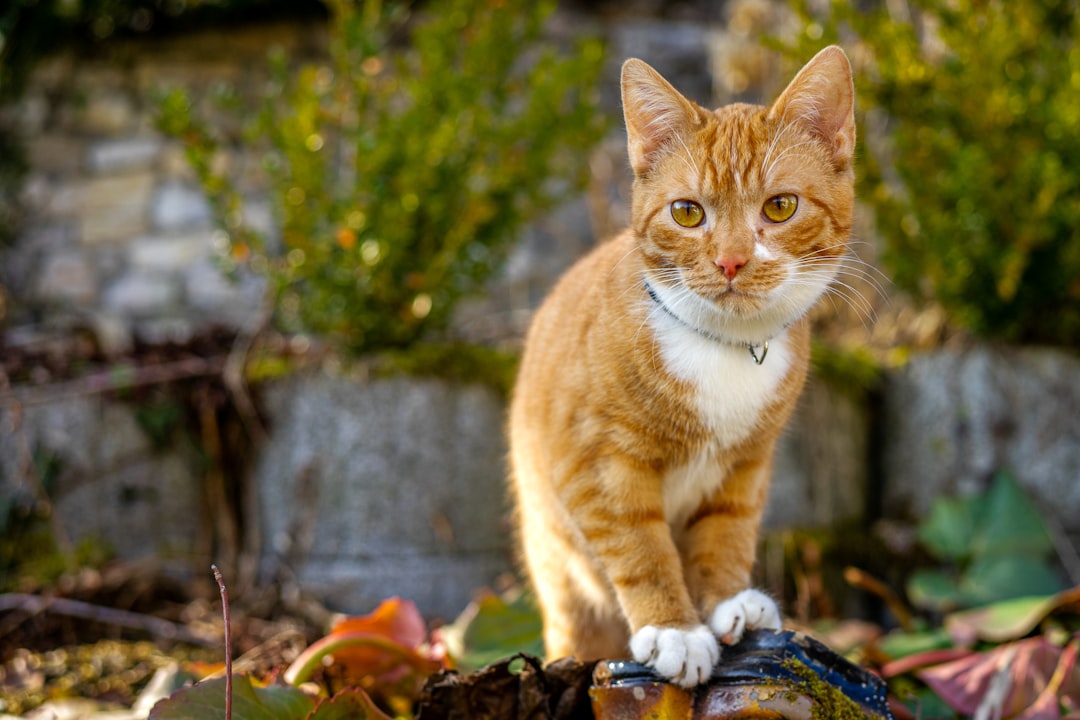
How to Choose the Right Cat Litter Pellets
Selecting the right cat litter pellets is crucial for your cat’s comfort and your convenience. Here’s a quick guide to help you make an informed choice:
Material: Choose between natural or synthetic pellets.
- Natural: Made from wood, corn, or paper.
- Synthetic: Often clay-based or crafted from recycled materials.
Absorbency: Check the absorbency rate of different cat litter pellets. More absorbent pellets will control odors and require less frequent changes.
Dust Level: Look for low-dust options if your cat has allergies or if you’re sensitive to dust.
Clumping Ability: If you prefer easy scooping, opt for clumping cat litter pellets that form solid clumps when wet.
Scent: Some pellets come with added scents. Consider whether you prefer unscented options or light fragrances.
Price: Compare the cost per litter type; investing in higher-quality cat litter pellets may save you money over time by reducing waste.
By evaluating these factors, you can select the best cat litter pellets that suit your kitty’s needs while keeping your living space fresh and clean.
Environmental Impact of Cat Litter Pellets
When considering cat litter pellets, understanding their environmental impact is crucial for eco-conscious pet owners. The type of material used in these pellets dictates their sustainability. Here’s a breakdown of the two main categories:
Natural Cat Litter Pellets
- Made from organic materials: Typically sourced from wood, corn, wheat, or grass.
- Biodegradable: Break down naturally in landfills, reducing waste.
- Lower carbon footprint: Often requires less energy during production compared to synthetic options.
Synthetic Cat Litter Pellets
- Made from processed materials: Usually clay-based or plastic composites.
- Non-biodegradable: Can persist in landfills for decades, contributing to long-term environmental issues.
- Resource-intensive: Production processes often lead to higher carbon emissions.
Summary Table
| Type | Biodegradability | Carbon Footprint | Material Source |
|---|---|---|---|
| Natural | Yes | Lower | Organic materials |
| Synthetic | No | Higher | Processed materials |
To sum up, while cat litter pellets offer convenience in pet care, prioritizing natural alternatives benefits the environment. Always consider both the ecological footprint and your cat’s comfort when selecting litter.
Tips for Maintaining Clean Cat Litter
Keeping your cat litter pellets clean is essential for both your cat’s health and your home’s hygiene. Here are some effective tips to help you maintain a fresh litter box:
Scoop Daily: Remove waste daily to prevent odor build-up. This will help keep the cat litter pellets clean and inviting for your feline friend.
Change Pellets Regularly: Replace cat litter pellets every 1-2 weeks, or more often if necessary. Frequent changes reduce unpleasant smells and maintain cleanliness.
Use a Liner: Consider using a disposable liner in the litter box. This can catch any debris and make cleaning easier.
Wash the Box: Clean the litter box with warm soapy water, ensuring you rinse thoroughly. Avoid harsh chemicals that could be harmful to your cat.
Keep it Covered: If possible, use a covered litter box to minimize spills and contain odors.
Implementing these simple tips will ensure your cat litter pellets remain clean, providing a safe and comfortable environment for your cat. Happy cat, happy home!
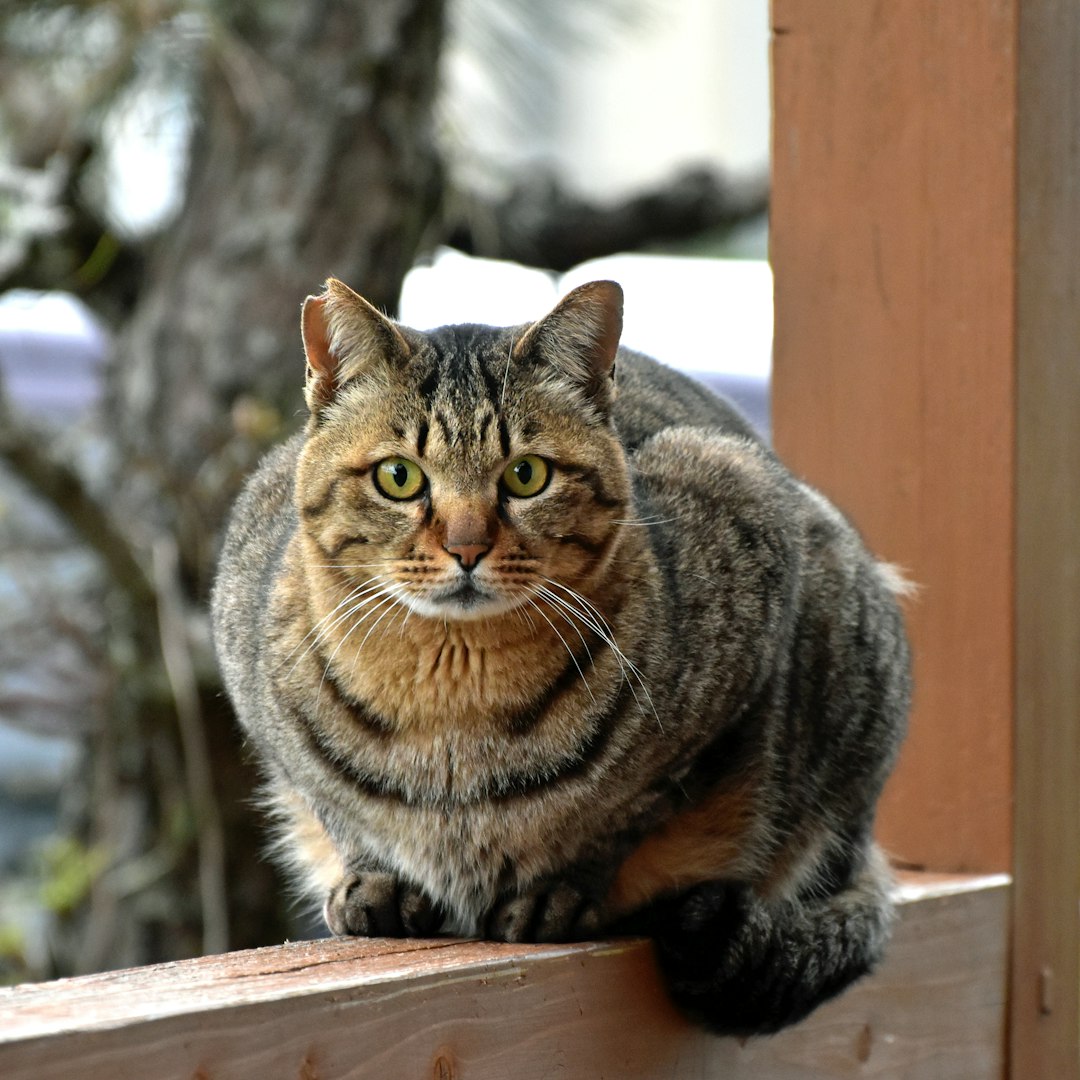
Common Myths About Cat Litter Pellets
When it comes to cat litter pellets, several misconceptions can lead to confusion among cat owners. Let’s debunk the most common myths:
Myth 1: Cat Litter Pellets are Too Expensive
Fact: While some brands can be pricier, many affordable cat litter pellets offer great quality and superior absorption.Myth 2: Pellets Don’t Control Odor Well
Fact: Cat litter pellets are often designed with odor-controlling properties. They can effectively neutralize smell when you choose quality products.Myth 3: Pellets are Uncomfortable for Cats
Fact: Cats typically adapt well to litter pellets. Their texture can actually be more comfortable than sand-like litters, as they tend to avoid getting stuck on paws.Myth 4: Mixing Pellets with Other Litters is Beneficial
Fact: Mixing can alter the effectiveness of the cat litter pellets. It’s crucial to use them alone for optimal results.
By understanding these myths, cat owners can confidently choose the best cat litter pellets for their furry friends, ensuring a happy and healthy litter box experience.
Frequently Asked Questions
What are the different types of cat litter pellets available?
Cat litter pellets come in various types, primarily made from materials like wood, clay, corn, wheat, and recycled paper. Wooden pellets are eco-friendly and control odors well, while clay pellets are absorbent and come in both clumping and non-clumping options. Corn and wheat pellets are biodegradable and also provide excellent clumping abilities. Recycled paper pellets are soft, making them suitable for sensitive paws and are often used for kittens or older cats with health issues.
What are the benefits of using cat litter pellets?
Using cat litter pellets offers numerous benefits, such as effective odor control due to their absorbent nature. Different pellet types can minimize tracking, making cleaning easier. They are often made from natural materials, which can be more environmentally friendly than traditional clumping clay litters. Additionally, many pellets are designed to be biodegradable, helping to reduce landfill waste. This variety not only suits different cats’ preferences but also allows owners to choose a product that aligns with their values.
How do cat litter pellets compare to traditional clay litter?
Cat litter pellets differ significantly from traditional clay litter in multiple aspects. Pellets, especially ones made from wood or other biodegradable materials, tend to produce less dust, which is beneficial for respiratory health. Traditional clay litters are generally heavier and may have a stronger chemical odor unless they are unscented. However, clay litters often clump more efficiently and are better at moisture absorption. The proper choice largely depends on personal preference and specific needs of the cat.
How should I transition my cat to using pellet litter?
To transition your cat to pellet litter, start by mixing the new pellets with the cat’s current litter in a gradually increasing ratio over several days or weeks. This allows your cat to get used to the new texture and scent. Keep the litter box clean, as cats are generally sensitive to hygiene; this will encourage them to use the new litter. Monitor your cat’s behavior during the transition to ensure they adapt well. If they seem resistant, consider trying a different type of pellet that may be more appealing to them.

